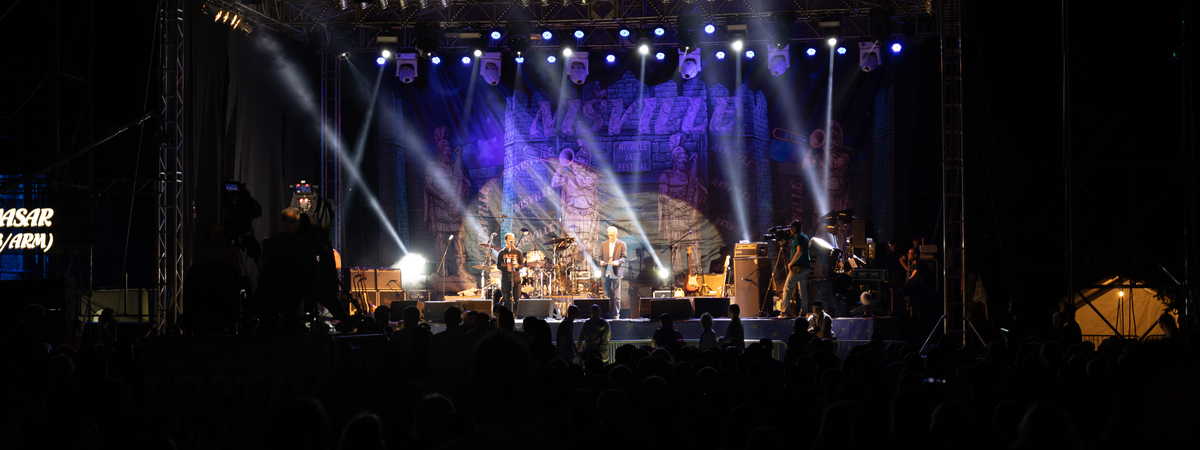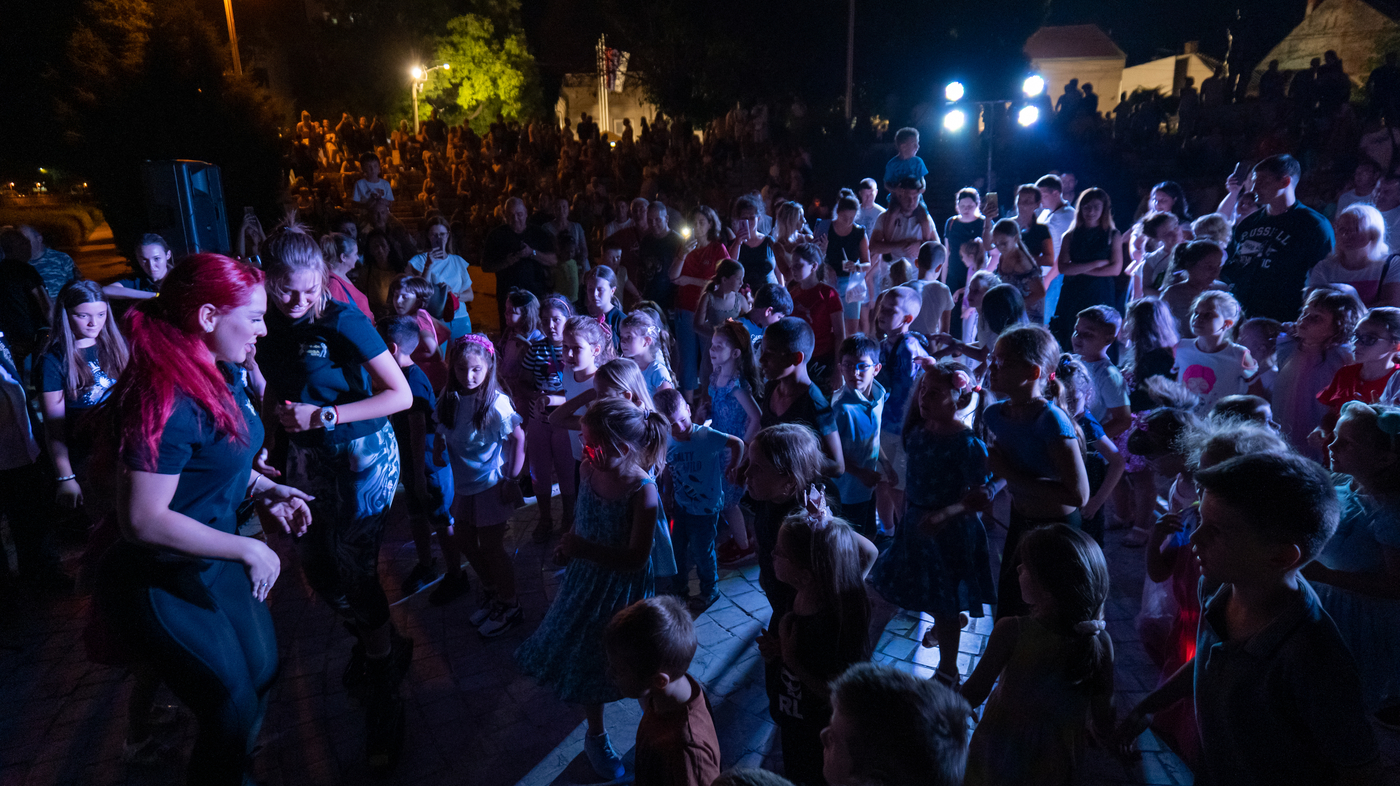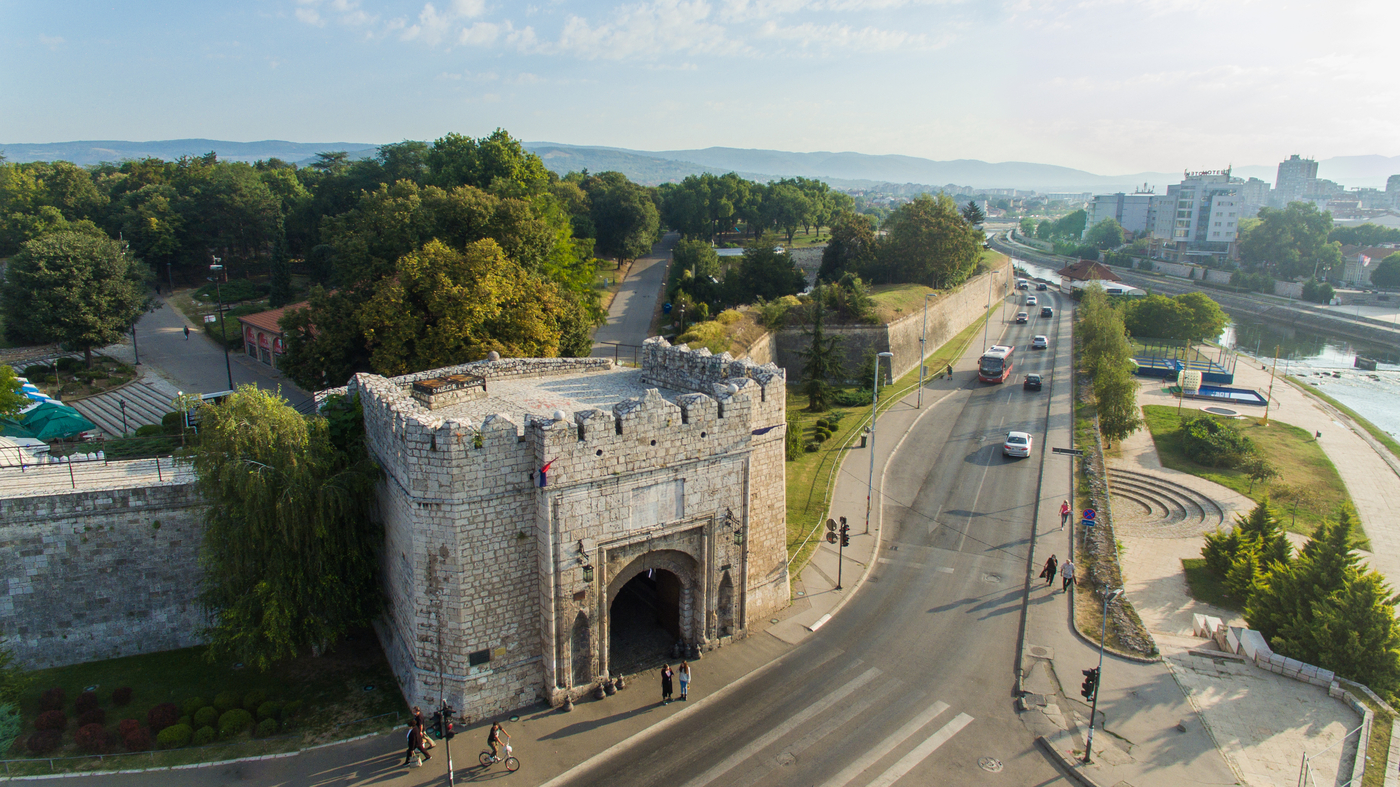
Niš – where history meets festivals and the joy of life
Nis (Serbia)
Niš today is recognized as one of Serbia’s key festival hubs. During the summer months, the city pulsates with a vibrant energy—its Fortress transforms into an open-air stage, while squares and streets come alive with crowds.
For several weeks each year, Niš becomes a grand stage where music, film, and theater converge, earning its reputation as one of the most colorful and dynamic festival centers in the region.
Numerous longstanding events and diverse programs highlight Niš vibrant cultural scene.
The Festival of Actors’ Achievements in Feature Films has been connecting actors and audiences for over sixty years, while the International Choral Festival attracts choirs from around the world.
The Art Colony Sićevo fosters creativity among painters from Serbia and abroad, and the Literary Colony Sićevo supports contemporary writers, promoting new literary voices.
A prominent highlight is Niš International Music Festival—NIMUS—which ranks among Serbia’s most significant musical events.
For the youngest audiences, the children’s music festival takes place every May, while Nisomnia introduces contemporary musical trends. The theatrical scene is enriched by the Theatre at the Crossroads Festival and Urban Fest, intended for young authors.
In addition to these, Niš hosts Nišville Jazz Festival, one of Southeast Europe’s largest jazz festivals, attracting renowned musicians from around the globe.
The city also organizes the Evergreen Music Festival, the International Spiritual Music Festival Musical Edict, and numerous celebrations dedicated to the city’s patron saints.
During New Year’s and Children’s Week, a variety of concerts and artistic events take place, bringing together residents of all ages in a joyful festive atmosphere.
The rich cultural tapestry of Niš is further enhanced by the International Student Folklore Festival, which showcases traditional customs and folklore from different countries; the Knight Festival Defenders of the Fortress, highlighting medieval history and chivalry; the Roman Festival, which revives the ancient Roman era and archaeological sites; and Ethno Meetings in Niška Banja, promoting local handicrafts, souvenirs, and folklore traditions.

The city is also the guardian of a rich cultural and historical heritage.
The most famous symbol is Niš Fortress, an impressive structure from the 18th century built on Roman and Byzantine foundations. Spanning 22 hectares and enclosed by walls measuring 2,100 meters in length, visitors can admire Ottoman-era architecture along with remnants from earlier periods.
Among its internationally significant monuments is Mediana, the luxurious summer villa of Emperor Constantine the Great, notable for its stunning mosaics covering an area of 1,000 square meters.
A powerful symbol of resistance is the Skull Tower, constructed from the skulls of Serbian warriors who died fighting for Serbia’s liberation from Ottoman rule.
Memorial on Čegar Hill commemorates the heroism of insurgents, while the February 12 Memorial Museum and the Memorial Complex on nearby Bubanj Hill preserve the memory of suffering during World War II.
The citizens of Niš are known for their warmth and friendliness, creating an inviting atmosphere that makes visitors feel truly at home.
This sense of closeness between locals and visitors, as well as the genuine connection between audiences and artists, imbues Niš’s festivals with a distinctive charm.
The overall experience of the city is vividly described by the word merak - a Serbian term that signifies the deep pleasure derived from enjoying music, food, and companionship.
This concept highlights why Niš’s festivals transcend mere cultural events; they become memorable experiences that leave a lasting impression, compelling people to return again and again.
Today, Niš ranks as the third largest city in Serbia and serves as a vital university and economic hub for the southern part of the country.
Thanks to the Constantine the Great International Airport and well-developed infrastructure, the city is easily reachable for visitors and event organizers alike, which grants it a prominent position on the cultural map of the region.

